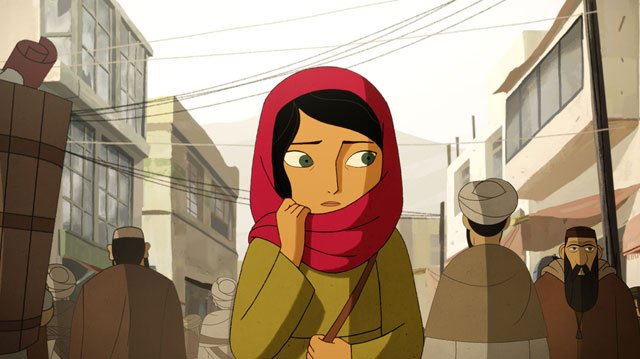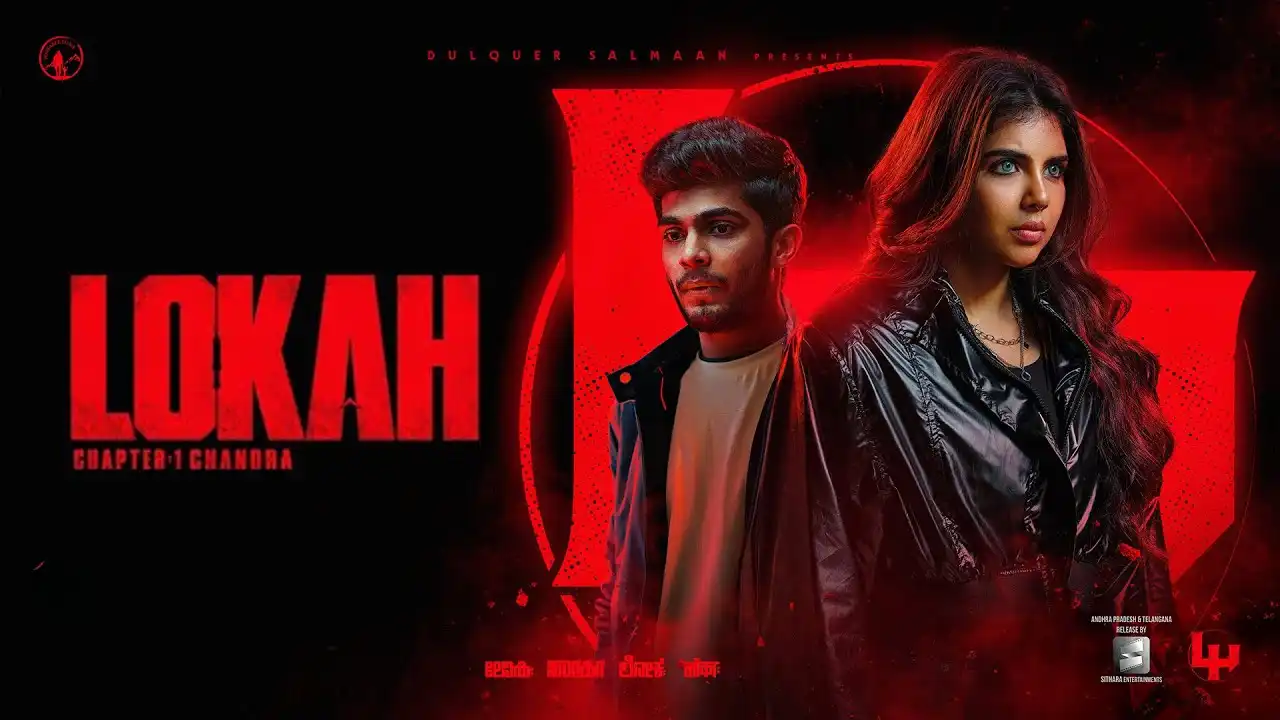Western media has had a long history of exoticizing or ‘otherizing’ non-white, non-American cultures and people, none more so than Muslims. Muslim men are usually portrayed as evil, violent oppressors while Muslim women are their oppressed, passive victims.
Add in the fact that white people have a history of the ‘white man’s burden’ and a need to ‘save’ Muslim women from their terrible lives, a movie about Muslims primarily made by white people sounds troubling. But The Breadwinner, directed by Nora Twomey, has one major thing going for it: its lead female character, a young Afghan girl named Parvana.
Based on a book by the same name, The Breadwinner opens with an 11-year-old Parvana as she sits with her father on the street side staring longingly at her dress that they have decided to sell. This scene sets up the major themes of the movie: hope, dreams, loss and the unrelenting drive to struggle rather than simply accepting things as they are.
Set in 2001 Kabul, Afghanistan under Taliban rule, a time when women couldn’t step out of their homes alone, Parvana and her family try to live on their own terms with Parvana’s father teaching her to read and write. When he is unfairly captured by the Taliban and thrown into prison, Parvana decides to dress up as a boy to provide for her mother, sister and baby brother while trying to free her father.
I started this movie with a healthy dose of suspicion. While it is heartening to see a film with an Afghani female lead in Western cinema, the potential pitfalls were numerous and I was ready to catch them all. Then the movie proceeded to defy me. Parvana immediately comes across as a complex, interesting character – frustrated with her place in society, disgruntled with her family, stubborn yet also full of dreams, curiosity, bravery and love.
Muslim men are usually portrayed as evil, violent oppressors while Muslim women are their oppressed, passive victims.
The movie portrayed its main female character with care and depth. The rest of the cast followed. Shauzia (or Dilowar), another girl who pretends to be a boy to earn money, is also a multi-faceted character and her bond with Parvana is a great insertion of female friendship. Her character also shows how the experiences of both girls were varied, despite both undertaking the same means of survival.
Fattema, Parvana’s mother, starts off as the typical oppressed Muslim woman beaten down by her society and helpless without her husband. But the film shows her joy, her sorrow, her struggle and her determination; in other words, it shows her as a person. Perhaps the only disappointing character is Soraya, Parvana’s older sister, who chooses to silently accept her mother’s decision to marry her off, so the family can escape poverty.
The Breadwinner does not forget its male characters either. It would have been easy to demonize all the men as oppressors, and indeed the movie does not shy away from this reality of Taliban-led Afghanistan. Men are shown as cruel and tyrannical; yelling at cowering women, beating up women and children and so on.
Parvana’s father is a kind-hearted, gentle man but he has the privilege of being the main character’s father. However, the film shows nuance here as well. From Razaq, an older man who becomes Parvana’s friend, to a kind old man who lets her ride on his truck when she’s walking, the movie portrays a cast of human beings rather than stereotypes.
Also Read: Persepolis Book Review: The Dilemma Of The Veil
Yes, Afghani Muslim women were extremely oppressed and subjected to cruelty but they found ways to be their own unique selves – Fattema is a writer, Soraya fights with Parvana yet loves her and they find moments of happiness within their family. As Fattema says, “We [women] are skilled and strong.”
Parvana’s struggle in the film is characterized by wanting to be brave and strong but not necessarily as a boy. The scene in which she begins her transformation by cutting off her hair is not framed as a happy moment.
Although she does find joy in the freedom to roam the streets at will, bargain loudly with shopkeepers and exploring the corners of her city, it is not as simple as that. The film brings in gendered violence, showing that Parvana becoming a boy was not a magical moment; it merely changed the form of violence and oppression she was subjected to.
It should also be noted that Parvana and Shauzia are partaking in an estimated century-old cultural practice that takes place in parts of Afghanistan and Pakistan: bacha posh (meaning ‘dressed up like a boy’). In the deeply patriarchal societies of these countries, some people raise their young daughters as boys to serve their family as sons until they reach puberty.
Parvana’s struggle in the film is characterized by wanting to be brave and strong but not necessarily as a boy.
This is quite different from gender fluidity; while every person that has experienced bacha posh has their own complicated relationship with their gender, this is not borne out of choice. It is the result of an oppressive system that suppresses members of its society on the basis of their gender.
It is usually either enforced by families or a choice made out of sheer desperation, as shown in The Breadwinner. However, since this practice takes place till date, the experiences of it today might be very different from those of Parvana and Shauzia, who are in a war-torn country.
Along with depicting the struggles of both Muslim women and men, the film inserts a small yet important scene: Parvana and her family offering prayers. In a movie with the backdrop of a Taliban-led country and a movie targeted towards a largely Western audience, it is important to show the main characters as practising Muslims.
However, a potentially problematic aspect of the film is its opening sequence which shows a dramatization of the veil as a cage. While the veil has been historically used as a tool of oppression, I believe it is necessary to temper that portrayal by perhaps showing characters who wear it by choice, considering a less discerning foreign viewer watching this movie.
This brings us back to the creators of this film being white Western women. Although The Breadwinner came as a pleasant surprise to me, I believe this aspect of its making should not be ignored. As an example, check out the 2003 film Osama made in Afghanistan, which is based on a similar premise. This film should be a step towards bringing more foreign Muslims both on screen and in the production of movies, particularly movies portraying Muslims themselves.
Also Read: 9 Empowering Netflix Documentaries On Women Around The Globe
Featured Image Credit: BAM
About the author(s)
A feminist Muslim, passionate writer and self-professed geek hailing from Karachi, Pakistan. Forever on the lookout for feminist-oriented fiction.




